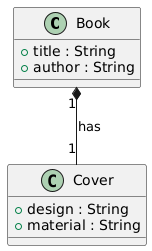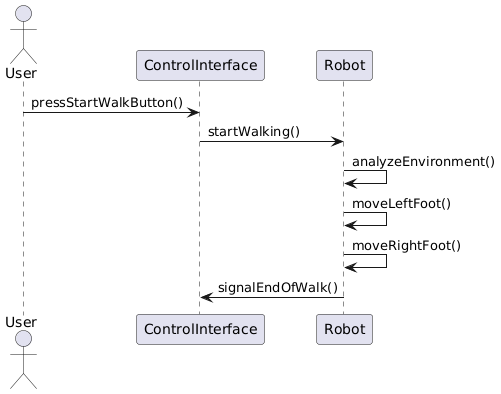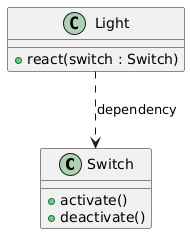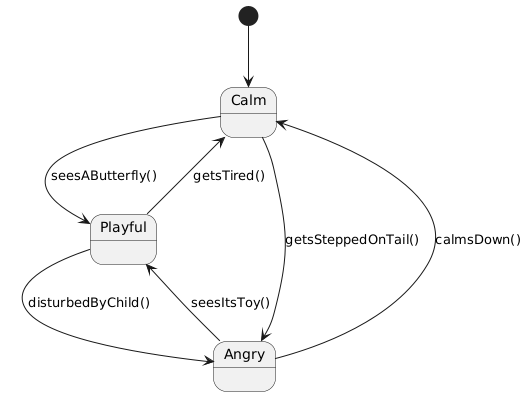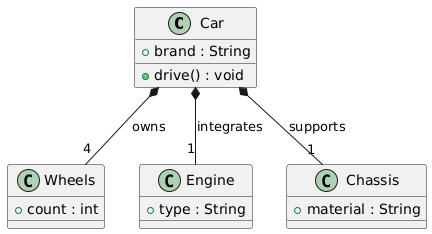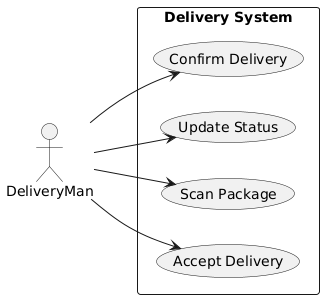UML Diagrams MCQs Questions With Answers – Part 18
Test your knowledge and boost your confidence with these multiple-choice quizzes focused on UML diagrams, foundational software engineering concepts, and real-world best practices. Designed for students, developers, and exam candidates, these MCQs offer a quick and effective way to assess your understanding and sharpen your skills.
1. What is a “tagged value” in the context of UML?
A A special type of stereotype.
B An additional property that can be attached to a UML element to store specific information.
C A constraint applied to a relationship between UML elements.
D A graphical notation to represent an interface.
2. If a “Book” cannot exist without its “Cover” (even if torn), which UML relationship best illustrates this inseparable link?
A Aggregation (like friends hanging out)
B Dependency (like coffee needing milk)
C Composition (like a heart in a body)
D Association (like two actors in a movie)
3. Imagine a “Robot” performing a “Walk”. Which UML diagram is ideal for capturing this sequence of actions over time?
A A class diagram (to list the robot’s parts)
B A state-transition diagram (for robot postures)
C A sequence diagram (for the order of movements)
D A component diagram (for the robot’s functional blocks)
4. If a “Switch” activates a “Light”, but the light can also be turned on in other ways, which UML relationship describes this temporary use?
A Composition (they are fused together)
B Aggregation (they’re often together)
C Dependency (one needs the other momentarily)
D Association (they’re just connected)
5. To show the different “moods” of a “Cat” (calm, playful, angry) and how it transitions between them, which UML diagram is the most relevant?
A An object diagram (a snapshot of the cat)
B A use case diagram (what the cat does with its human)
C A state-transition diagram (the cat’s emotional cycle)
D A communication diagram (meows between cats)
6. If a “Car” is composed of “Wheels”, an “Engine”, and a “Chassis”, and these parts are essential for the car’s existence, what type of UML relationship is involved?
A Association (they’re somehow related)
B Aggregation (they can technically exist separately)
C Composition (they form an inseparable whole)
D Dependency (the car needs fuel)
7. What is the relationship between Car and Engine in this diagram?
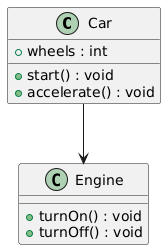
A Car depends on Engine but has no composition relationship
B Car owns Engine as an inner class
C Car and Engine are independent classes
D Car is a superclass of Engine
8. To model the order of operations in an order processing system, which diagram would be most suitable?
A Sequence diagram
B State diagram
C Communication diagram
D Class diagram
9. You’re designing a delivery app. Which diagram would help you visualize how a delivery man interacts with the app?
A Class diagram
B Use case diagram
C Component diagram
D Deployment diagram
10. In a social network, you want to model a user who can follow several other users. Which relationship?
A Dependency
B Composition
C Recursive association
D Aggregation



